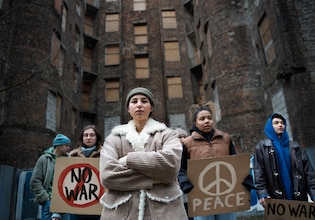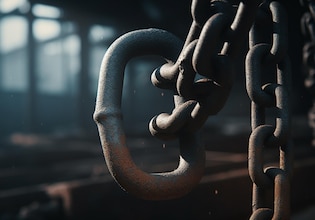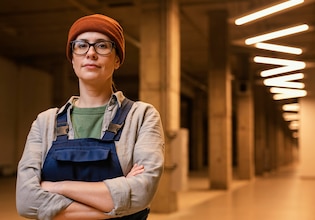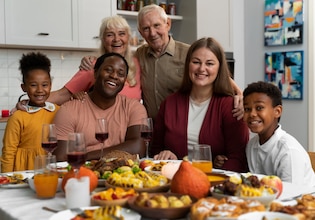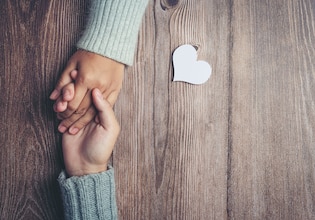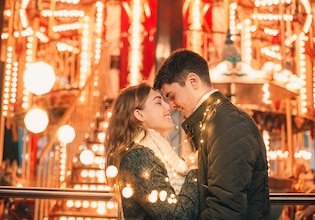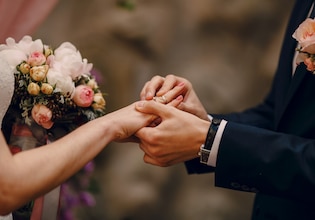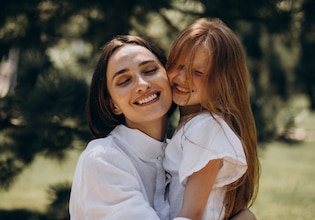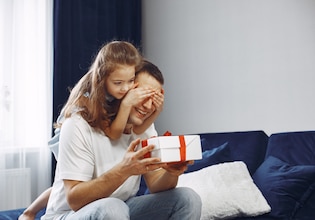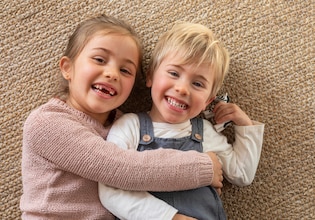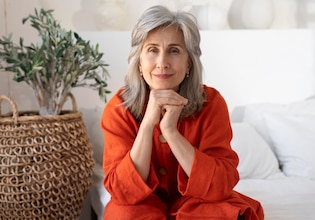Support your campaigns on social issues
It may be that you want to communicate to your audience on a personal level when addressing social issues. These subjects can evoke strong emotions, so tapping into basic human emotions can provide reassurance to those we communicate with. Charity campaigns often rely on similar methods, reaching out to those who feel impacted by the subject matter. Let's work together to make a positive impact!














